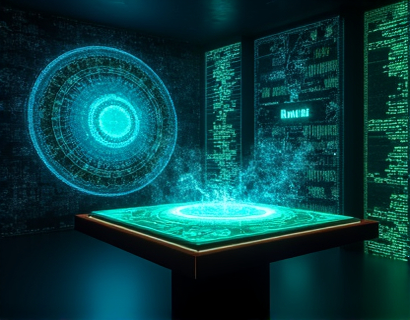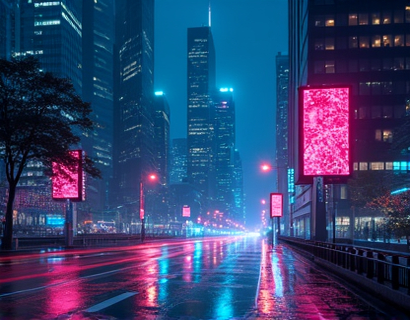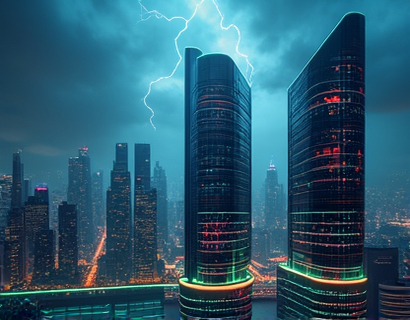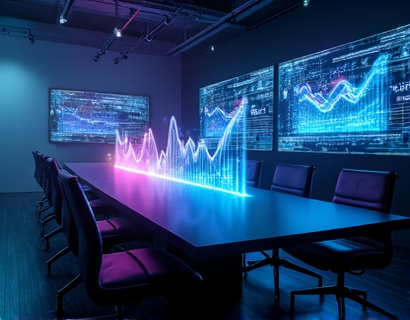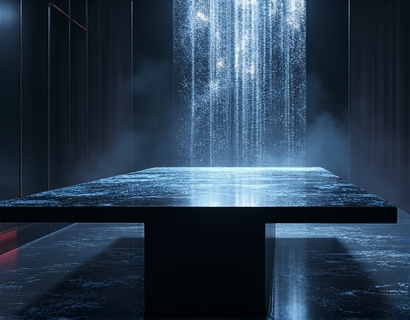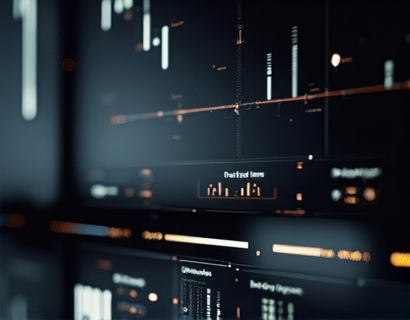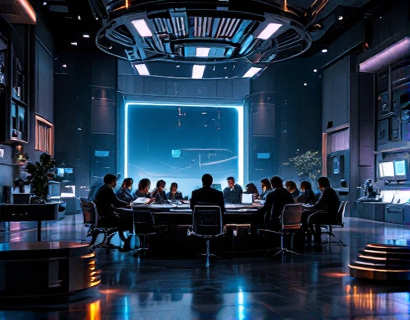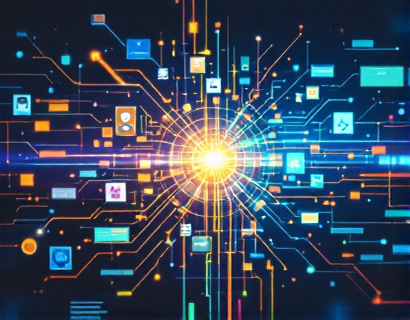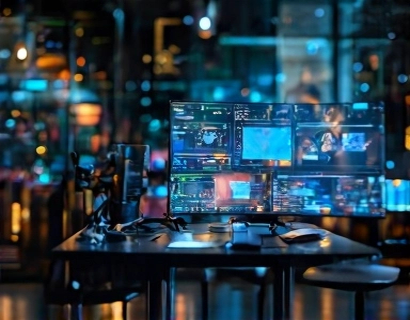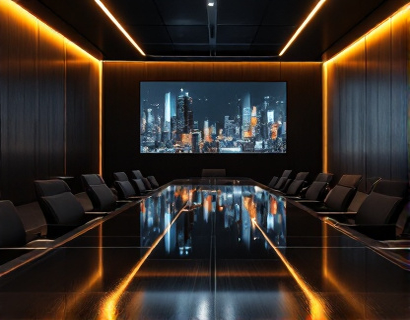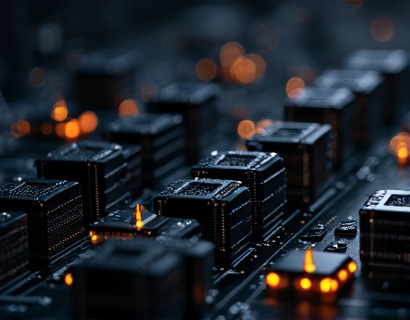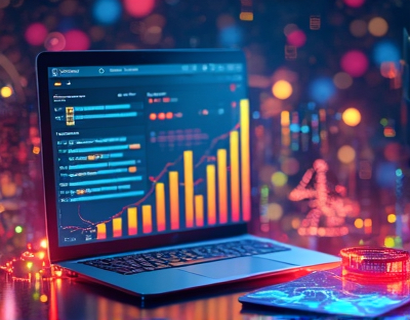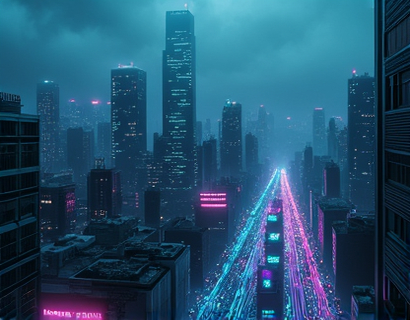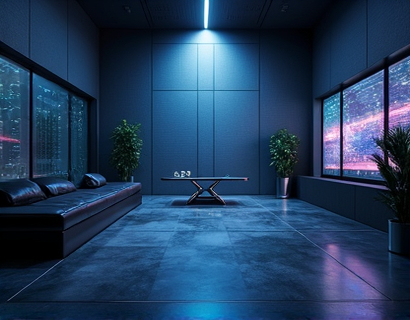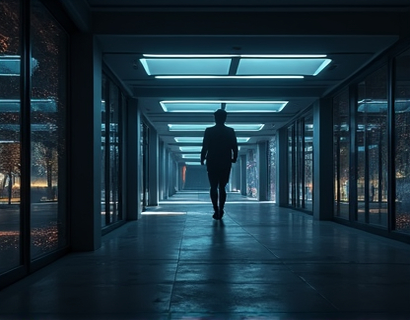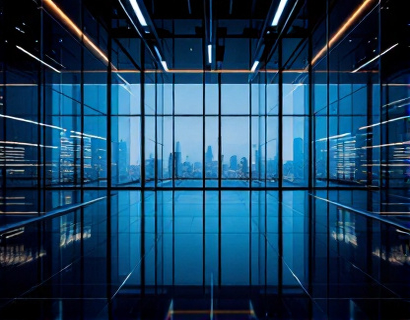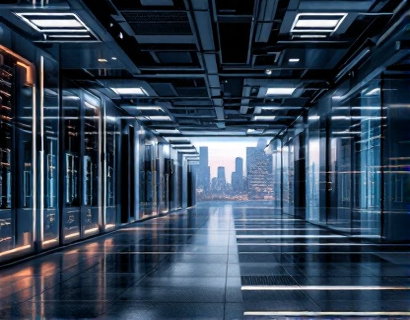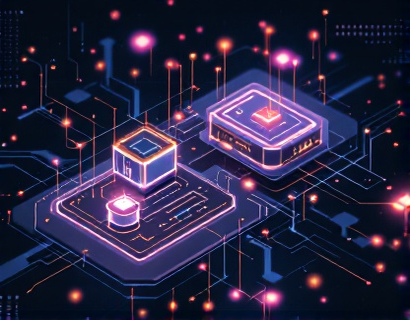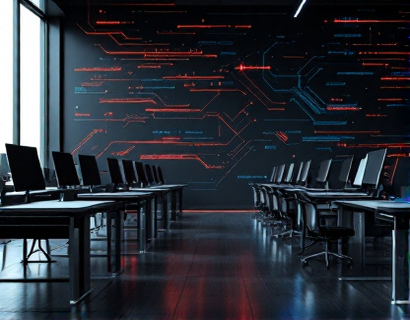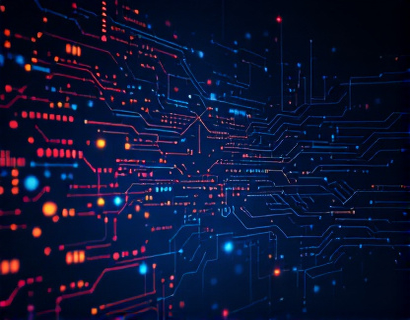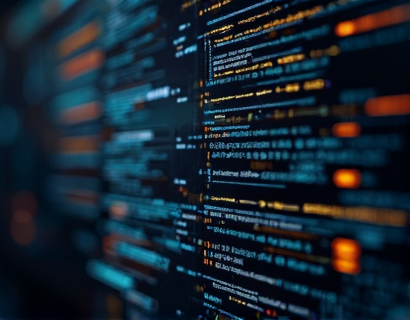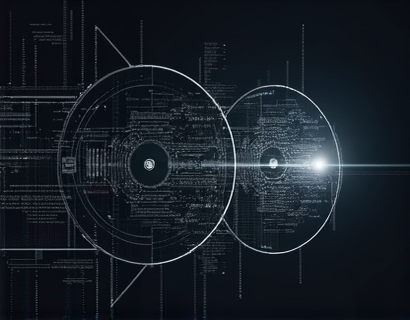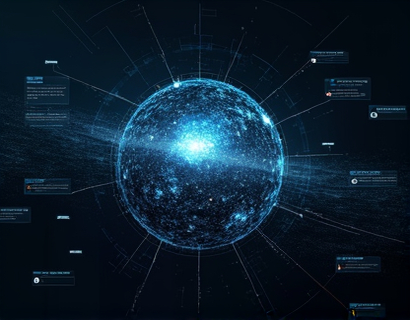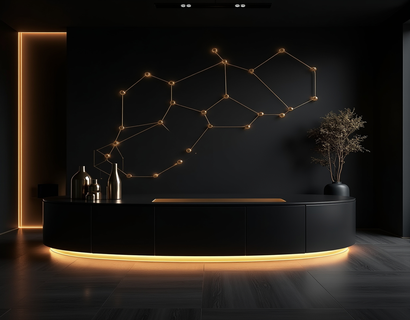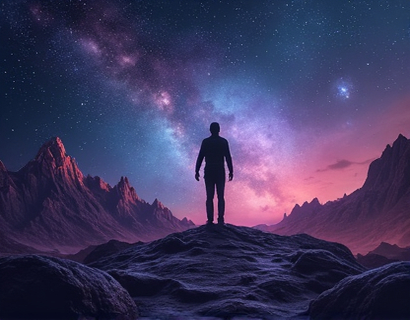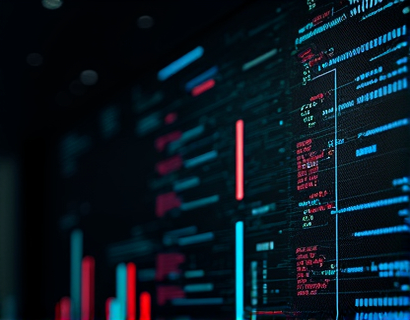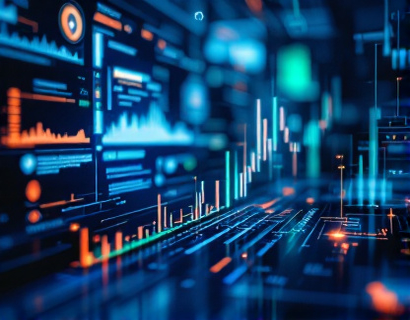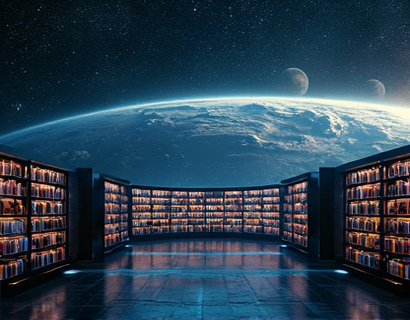AI-Powered Graphic Creation: Simplifying Visual Design for Everyone
In the digital age, the importance of visual content cannot be overstated. Images, graphics, and visual elements play a crucial role in capturing attention, conveying messages, and enhancing brand identity. However, creating high-quality visual content has traditionally required significant design skills and time. This is where AI-powered graphic creation tools come into play, revolutionizing the way we design and produce visual content. These innovative online platforms leverage advanced artificial intelligence to transform creative ideas into professional-quality graphics with unprecedented ease and speed.
The core advantage of AI-powered graphic creation tools is their ability to democratize design. No longer confined to professionals with extensive training in design software, these tools make advanced graphic design accessible to a broader audience. From busy entrepreneurs and small business owners to content creators and hobbyists, anyone can now produce visually appealing content with just a few clicks. This shift not only saves time but also empowers individuals and businesses to enhance their online presence and communication strategies effectively.
How AI-Powered Tools Work
At the heart of these tools is sophisticated AI technology that understands and interprets user inputs to generate designs. The process typically begins with a user interface where users can input text, select themes, choose color schemes, and define the overall style of the graphic. The AI engine then processes this information, drawing from vast databases of design elements, typography, and layout principles to create a custom graphic. This process is often so seamless that users may not even realize the complexity behind the scenes.
One of the key technologies driving this innovation is generative design, which uses algorithms to produce multiple design options based on the user's inputs. These options can range from simple text overlays to complex compositions, allowing users to explore various design possibilities quickly. Additionally, machine learning algorithms continuously improve the tools by learning from user interactions and preferences, further refining the design outcomes over time.
Benefits for Different User Groups
The benefits of AI-powered graphic creation tools extend across various user groups, each finding unique value in these innovative solutions.
Graphic Designers
For professional graphic designers, these tools serve as powerful assistants. They can use AI to quickly prototype ideas, experiment with different design elements, and streamline the creative process. This not only speeds up project timelines but also allows designers to focus more on strategic and creative aspects of their work. AI can handle repetitive tasks, such as generating multiple design variations, freeing up time for more intricate and creative tasks.
Marketing Professionals
Marketing teams can leverage AI-powered tools to create consistent and engaging visual content across various platforms. Whether it's social media posts, email campaigns, or advertising materials, these tools enable marketers to produce high-quality graphics quickly and efficiently. This consistency in visual branding helps build recognition and trust with the target audience. Moreover, the ability to generate multiple design options in a short time allows for A/B testing, helping marketers identify the most effective visual elements for their campaigns.
Small Business Owners
Small business owners often operate with limited resources, and design capabilities are no exception. AI-powered graphic creation tools remove the barrier of entry for creating professional visual content. These businesses can now produce high-quality logos, brochures, and social media graphics without the need for a dedicated designer. This not only saves costs but also enhances their professional image, making them more competitive in their respective markets.
Content Creators and Hobbyists
For content creators and hobbyists, these tools open up a world of creative possibilities. Whether they are bloggers, YouTube creators, or simply someone who enjoys designing for personal projects, AI-powered tools make it easy to produce visually appealing content. This democratization of design empowers individuals to express themselves creatively and build a stronger online presence, all without the need for extensive design knowledge.
Educators and Non-Profit Organizations
Educators and non-profit organizations can also benefit significantly from AI-powered graphic creation tools. These groups often have limited budgets and resources, but the ability to create professional-looking materials is crucial for effective communication and fundraising efforts. Whether it's designing flyers for events, creating educational infographics, or producing social media content, these tools provide the necessary means to produce high-quality visuals that resonate with their audiences.
Enhancing Visual Content with AI
The impact of AI on visual content creation is profound, offering numerous ways to enhance the quality and effectiveness of graphics. One significant advantage is the speed at which designs can be produced. Traditional design methods often involve a linear process, from concept to final output, which can be time-consuming. AI-powered tools, on the other hand, can generate multiple design options almost instantaneously, allowing for rapid iteration and refinement.
Another key benefit is the personalization capabilities of these tools. AI can analyze user preferences and tailor designs to fit specific contexts and audiences. For instance, a tool might adjust color schemes and typography based on the intended platform or the demographic of the target audience. This level of customization ensures that the final product is not only visually appealing but also resonates with the intended viewers.
Furthermore, AI-powered tools often include features that assist in maintaining brand consistency. By learning the preferred design elements and style of a brand, these tools can generate graphics that align with the overall brand identity. This consistency is crucial for building and maintaining a strong brand presence across various channels.
User Experience and Accessibility
The user experience of AI-powered graphic creation tools is designed to be intuitive and user-friendly. Most platforms feature drag-and-drop interfaces, pre-built templates, and guided workflows that make the design process accessible even to those with minimal design experience. This accessibility is further enhanced by the availability of these tools on various devices, including desktops, tablets, and smartphones, ensuring that users can create visual content anytime and anywhere.
Additionally, many of these tools offer collaborative features, allowing multiple users to work on a project simultaneously. This is particularly beneficial for teams and organizations where multiple stakeholders need to contribute to the design process. Real-time collaboration ensures that everyone is on the same page, reducing delays and improving efficiency.
Challenges and Considerations
While AI-powered graphic creation tools offer numerous advantages, there are also challenges and considerations to keep in mind. One potential issue is the quality of the generated designs. While AI has made significant strides, there are still scenarios where human creativity and nuanced design judgment are essential. Users should be aware that AI tools are best suited for generating foundational designs, which can then be refined and customized by human designers.
Another consideration is the learning curve associated with adopting new technology. Although these tools are designed to be user-friendly, some users may still require a period of adjustment to fully leverage their capabilities. Providing comprehensive tutorials, support resources, and community forums can help mitigate this challenge.
Intellectual property and copyright are also important considerations. Users should ensure that the tools they use comply with copyright laws and do not generate designs that infringe on existing intellectual property. Transparency from the tool providers regarding their content sources and usage rights is crucial in this regard.
Future Trends in AI-Powered Graphic Creation
The field of AI-powered graphic creation is rapidly evolving, with several trends shaping its future. One prominent trend is the integration of natural language processing (NLP) capabilities, allowing users to generate designs using natural language commands. This could further simplify the design process, making it even more accessible to non-designers.
Another area of development is the incorporation of augmented reality (AR) and virtual reality (VR) into graphic design tools. These technologies can enable users to visualize and interact with designs in 3D space, opening up new possibilities for immersive and interactive content.
Additionally, the focus on sustainability is likely to influence the design industry. AI-powered tools can optimize resource usage by generating designs that require less material or energy to produce, aligning with the growing emphasis on eco-friendly practices.
Conclusion
AI-powered graphic creation tools are transforming the landscape of visual design, making high-quality graphics accessible to everyone. By leveraging advanced AI technologies, these tools simplify the design process, save time, and enhance the visual content of individuals and businesses across various sectors. As the technology continues to evolve, we can expect even more innovative features and capabilities, further democratizing the design process and empowering a broader audience to create stunning visuals with ease.



